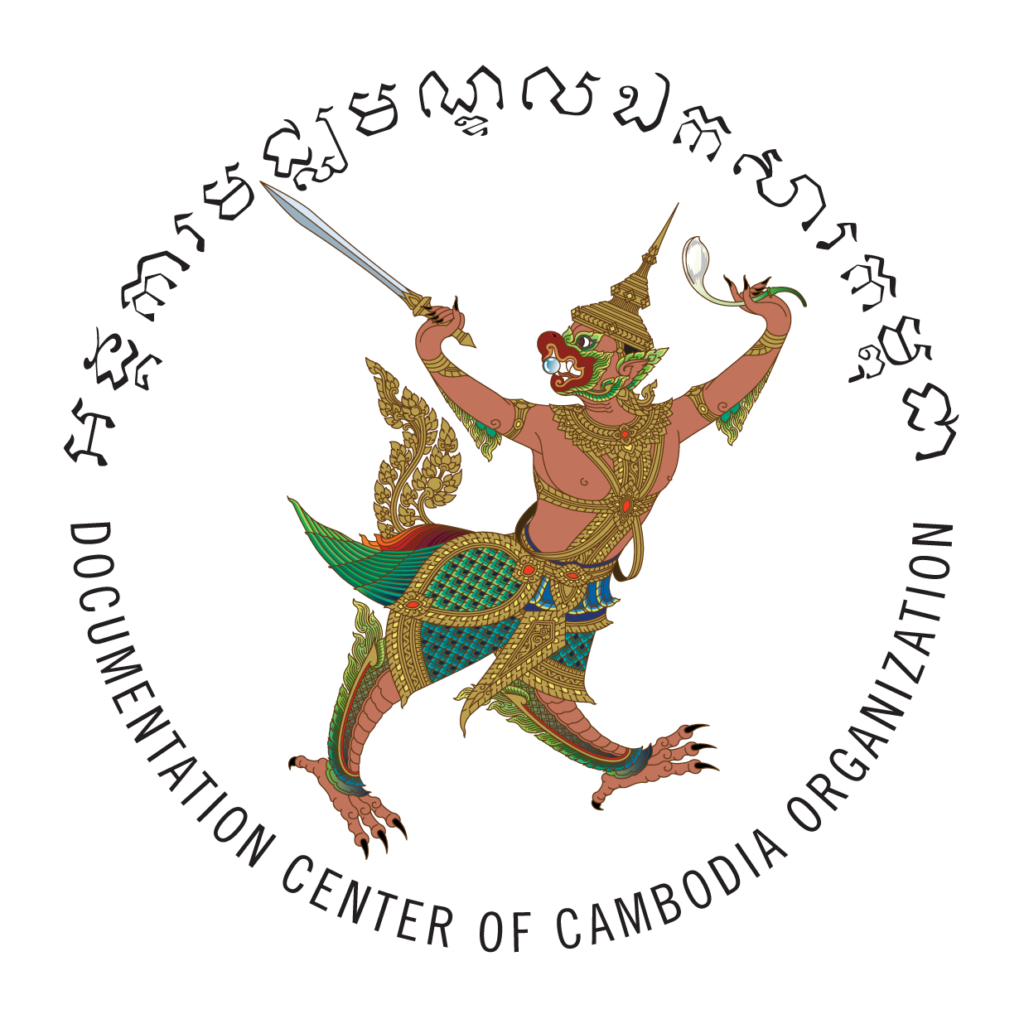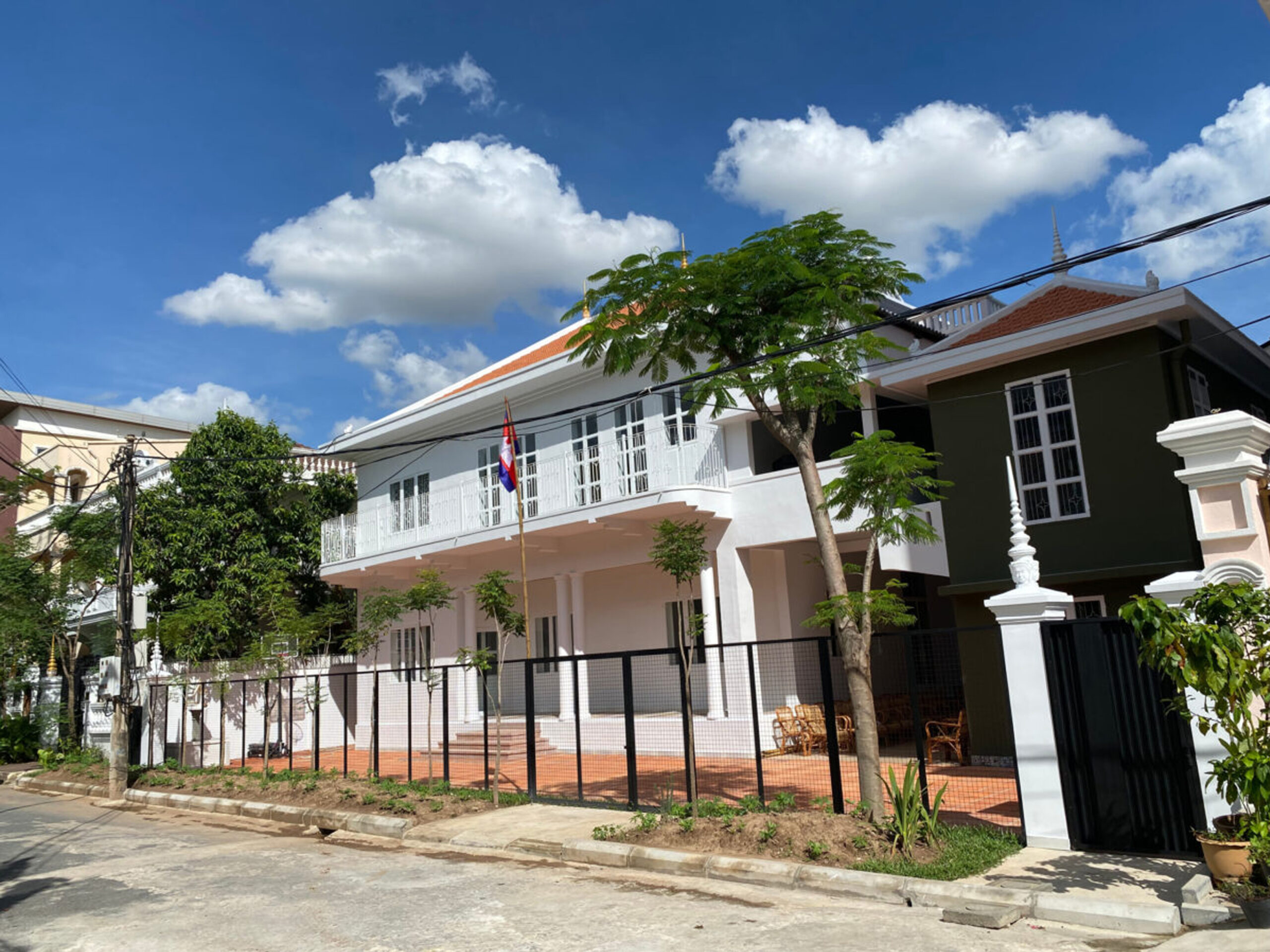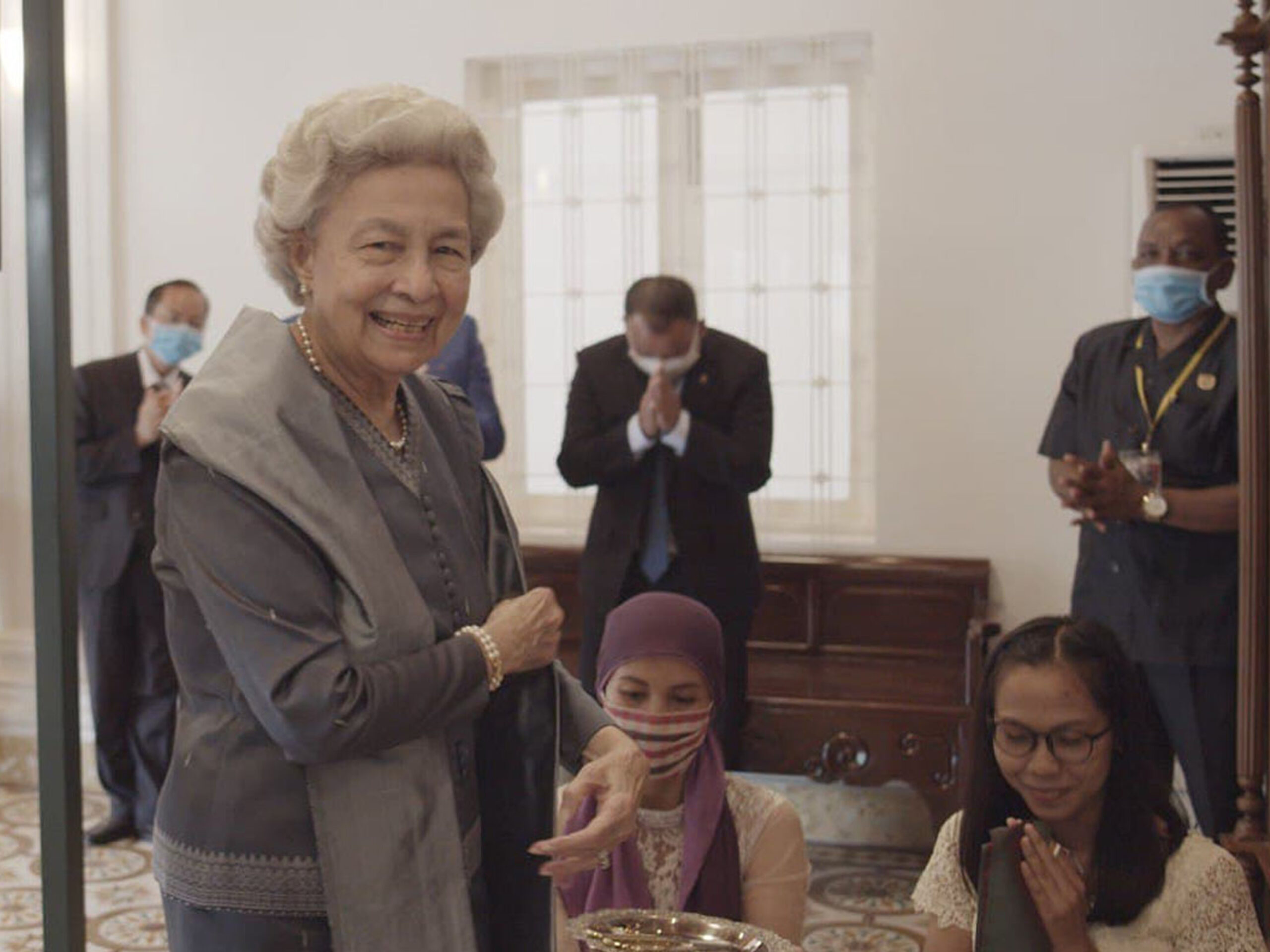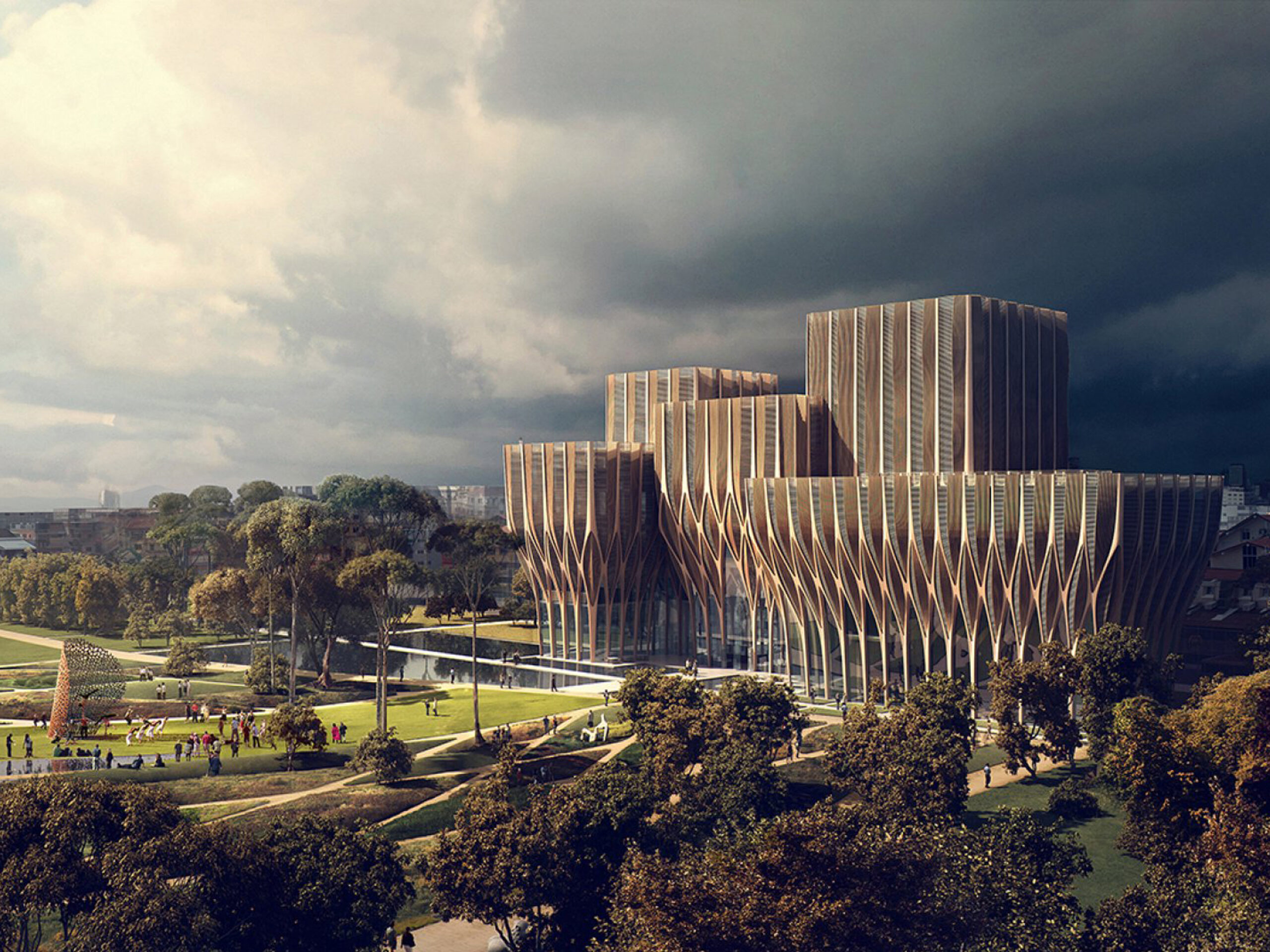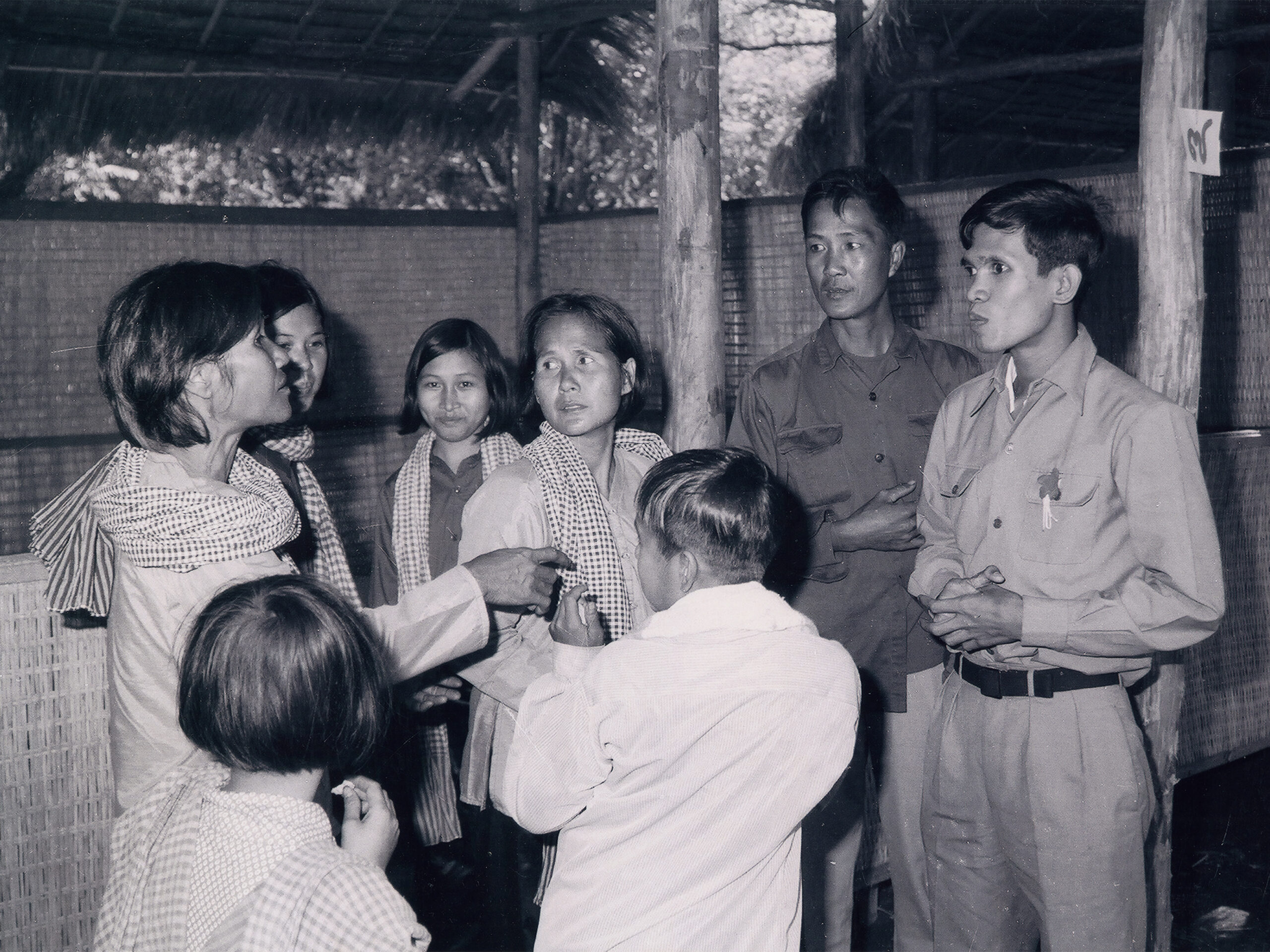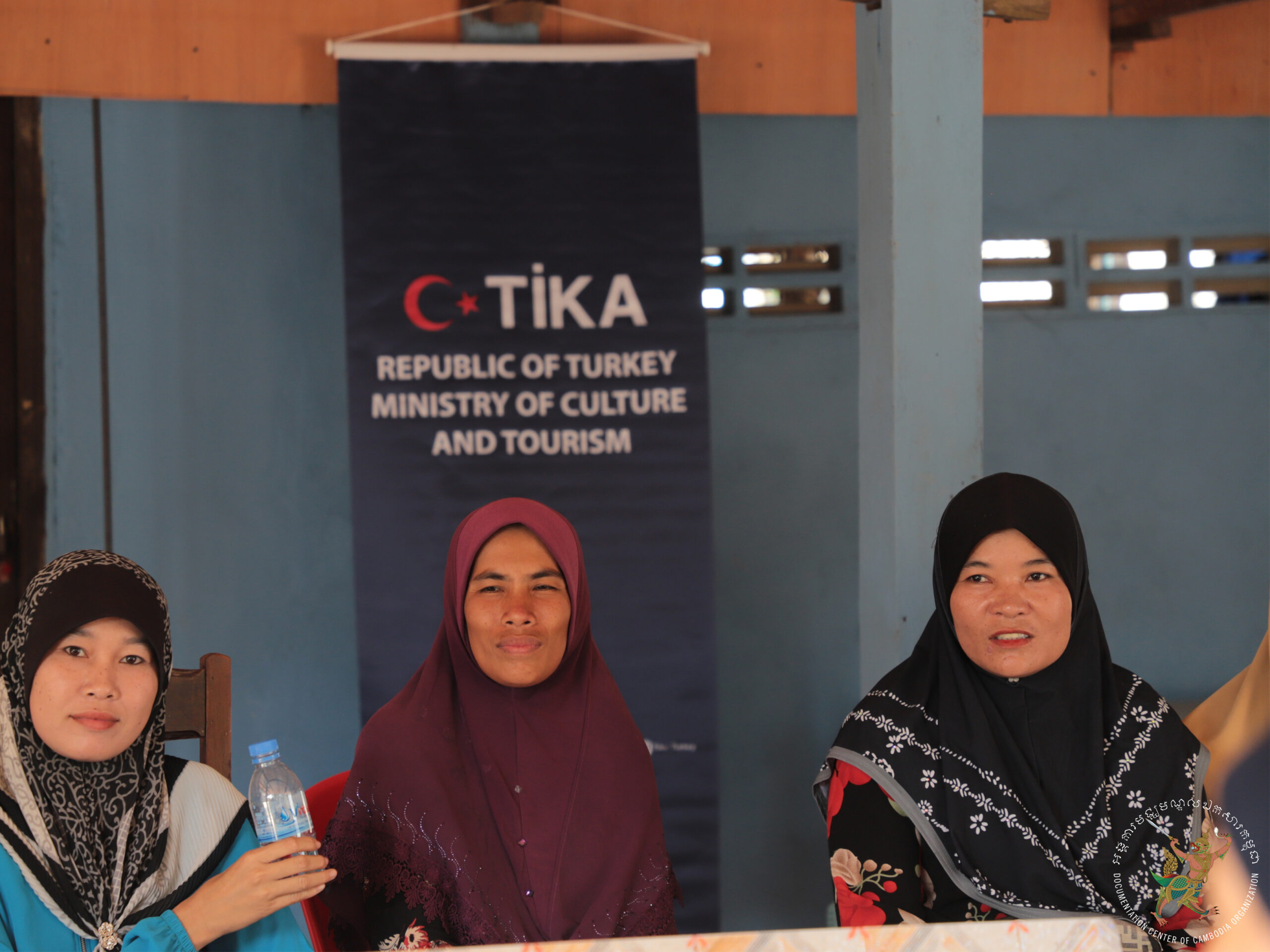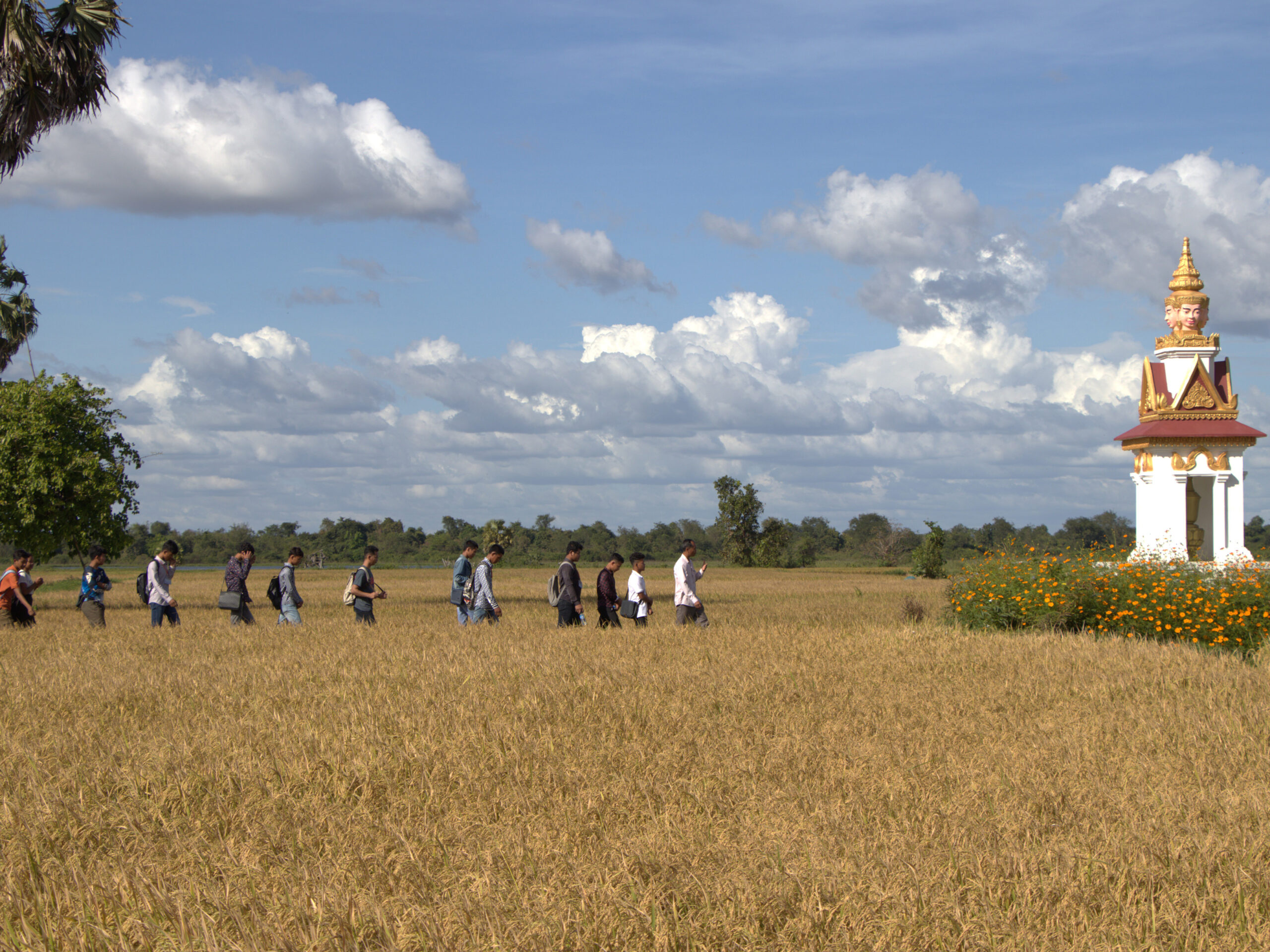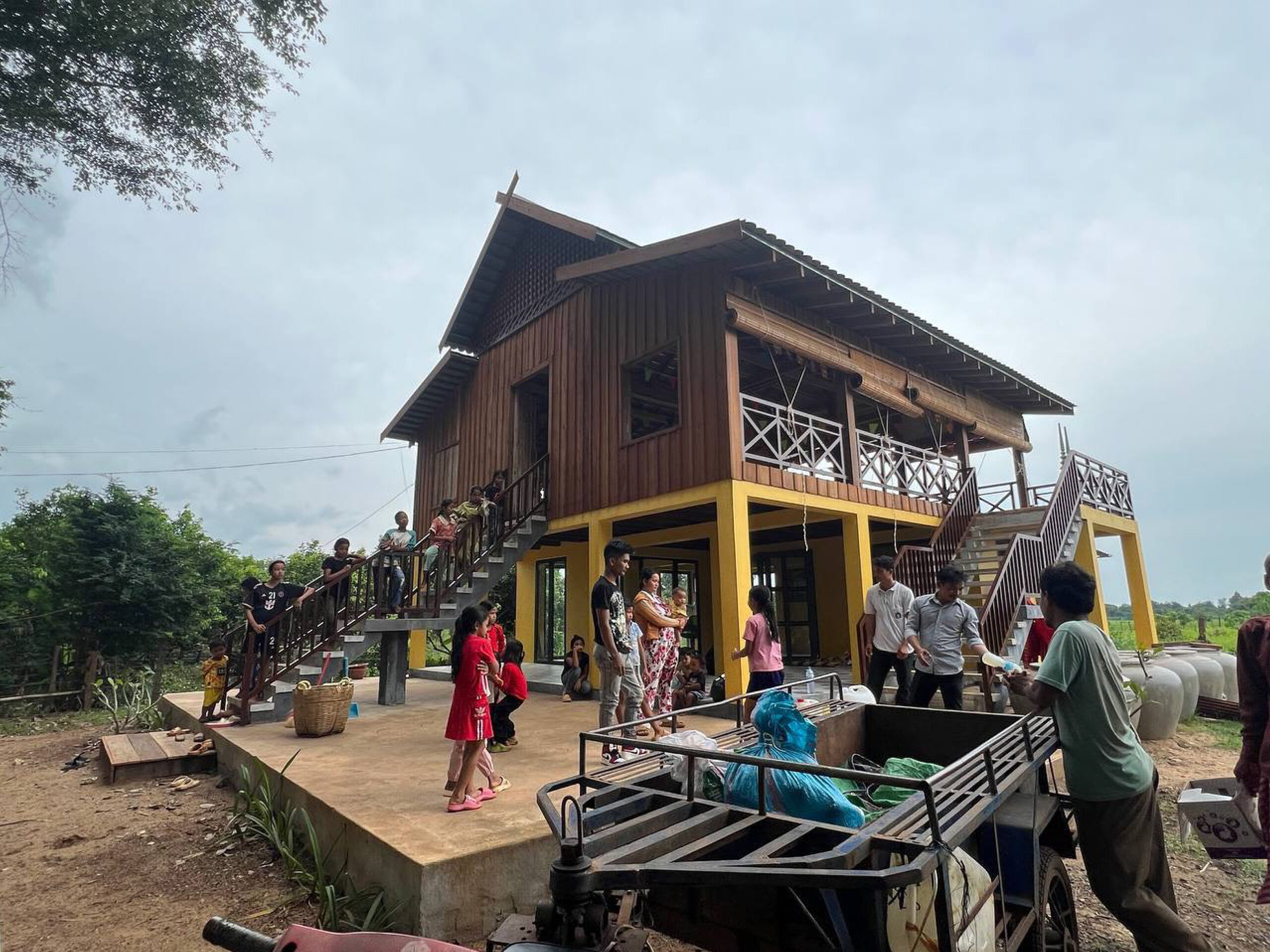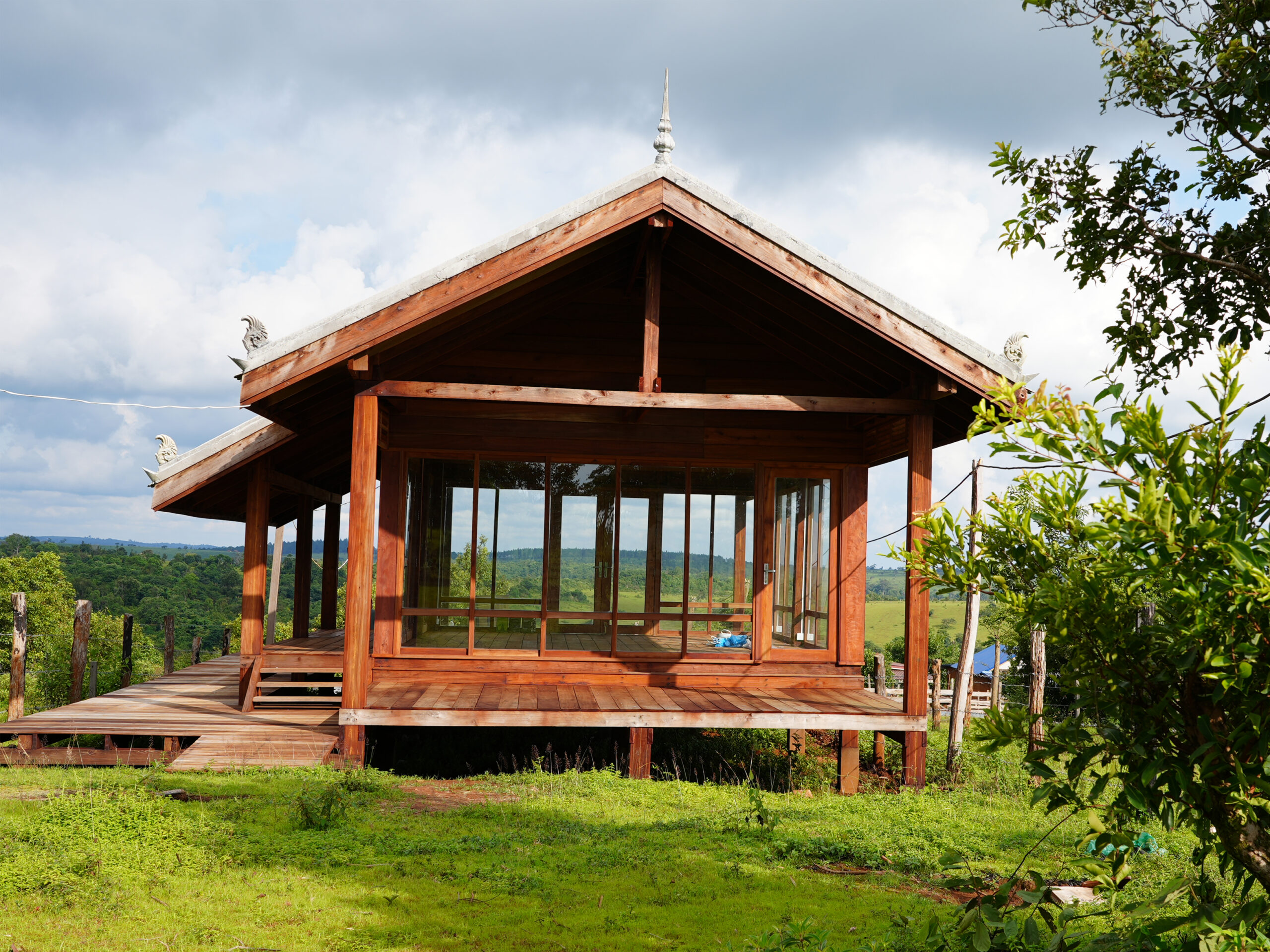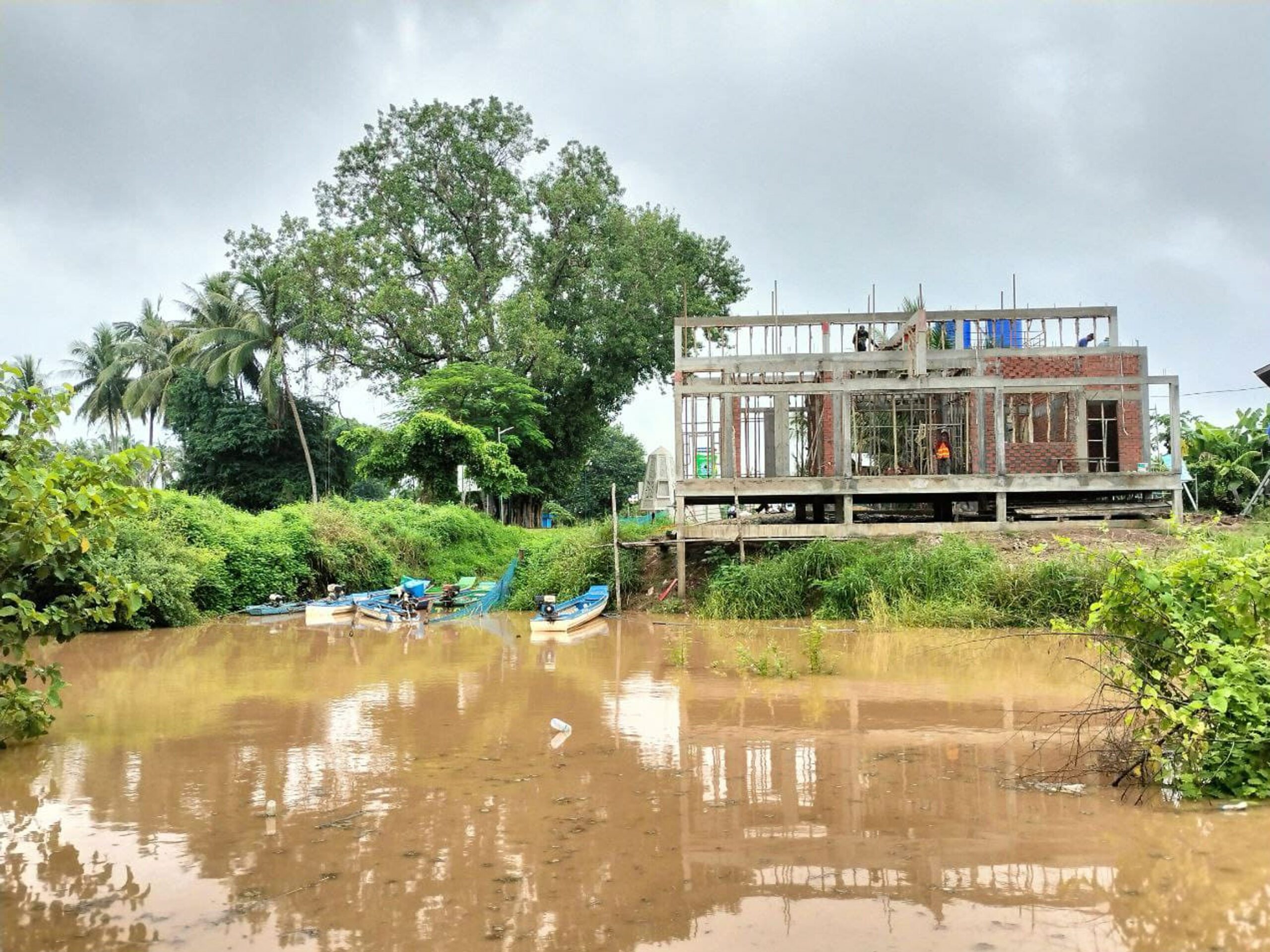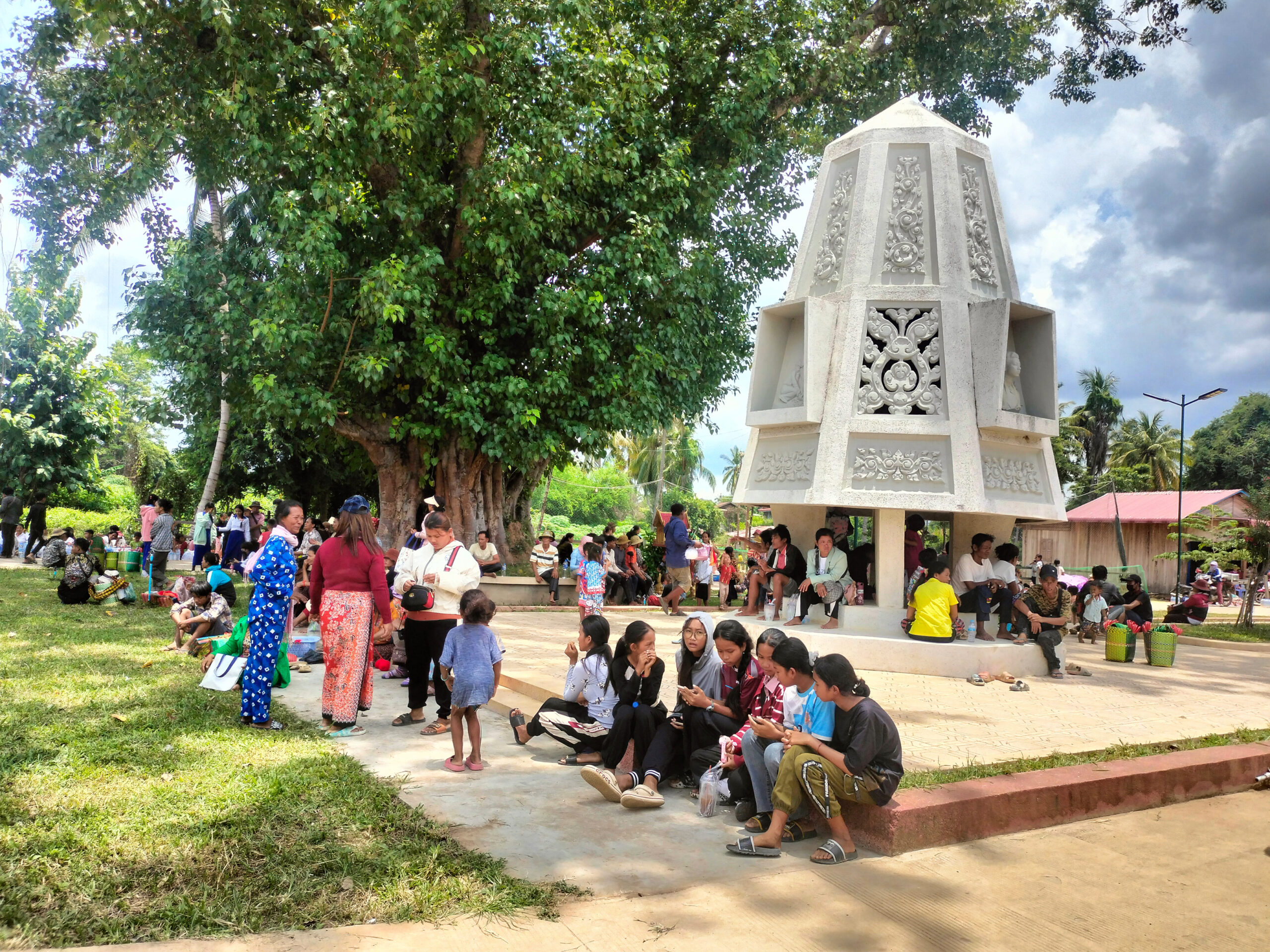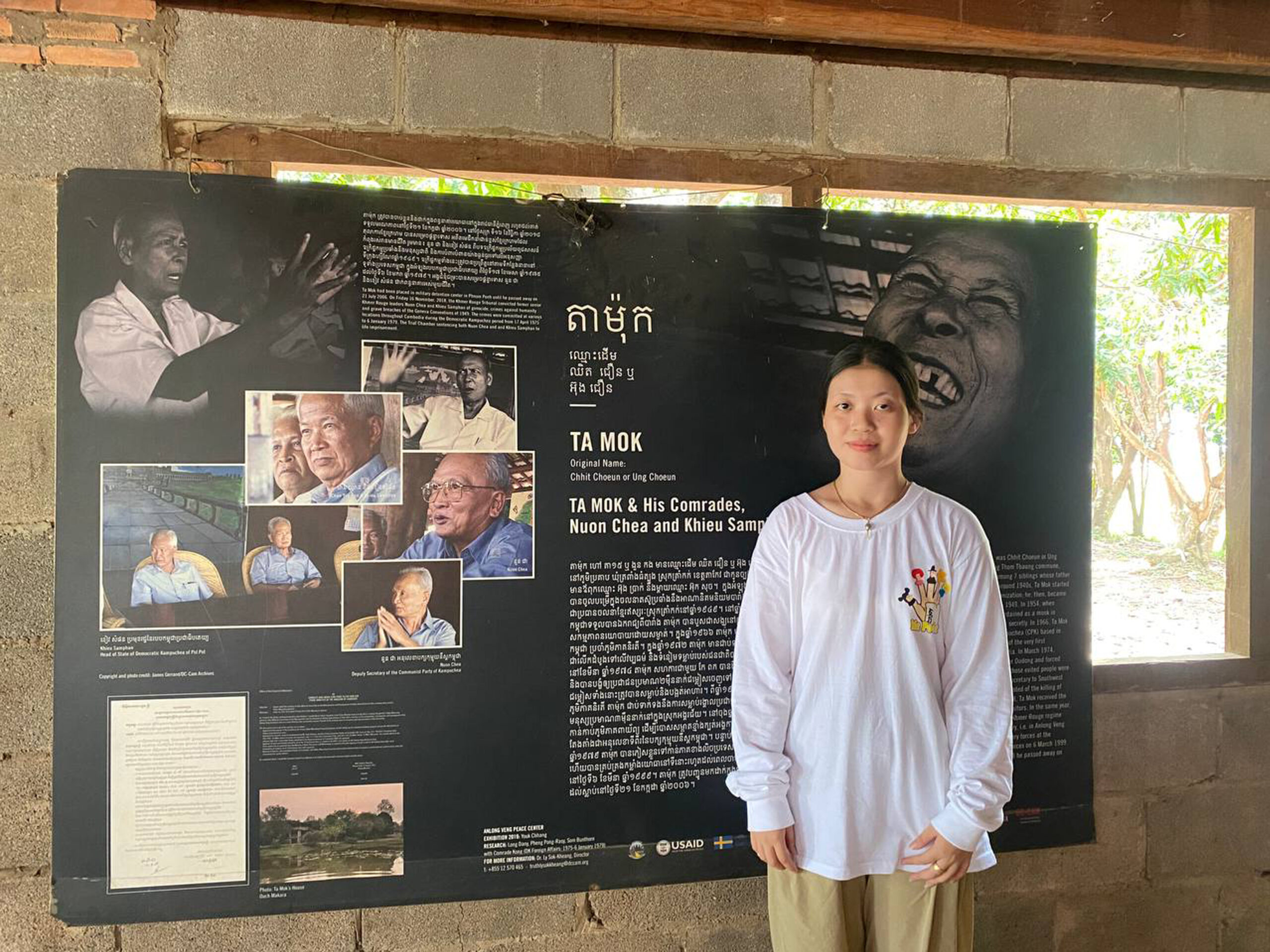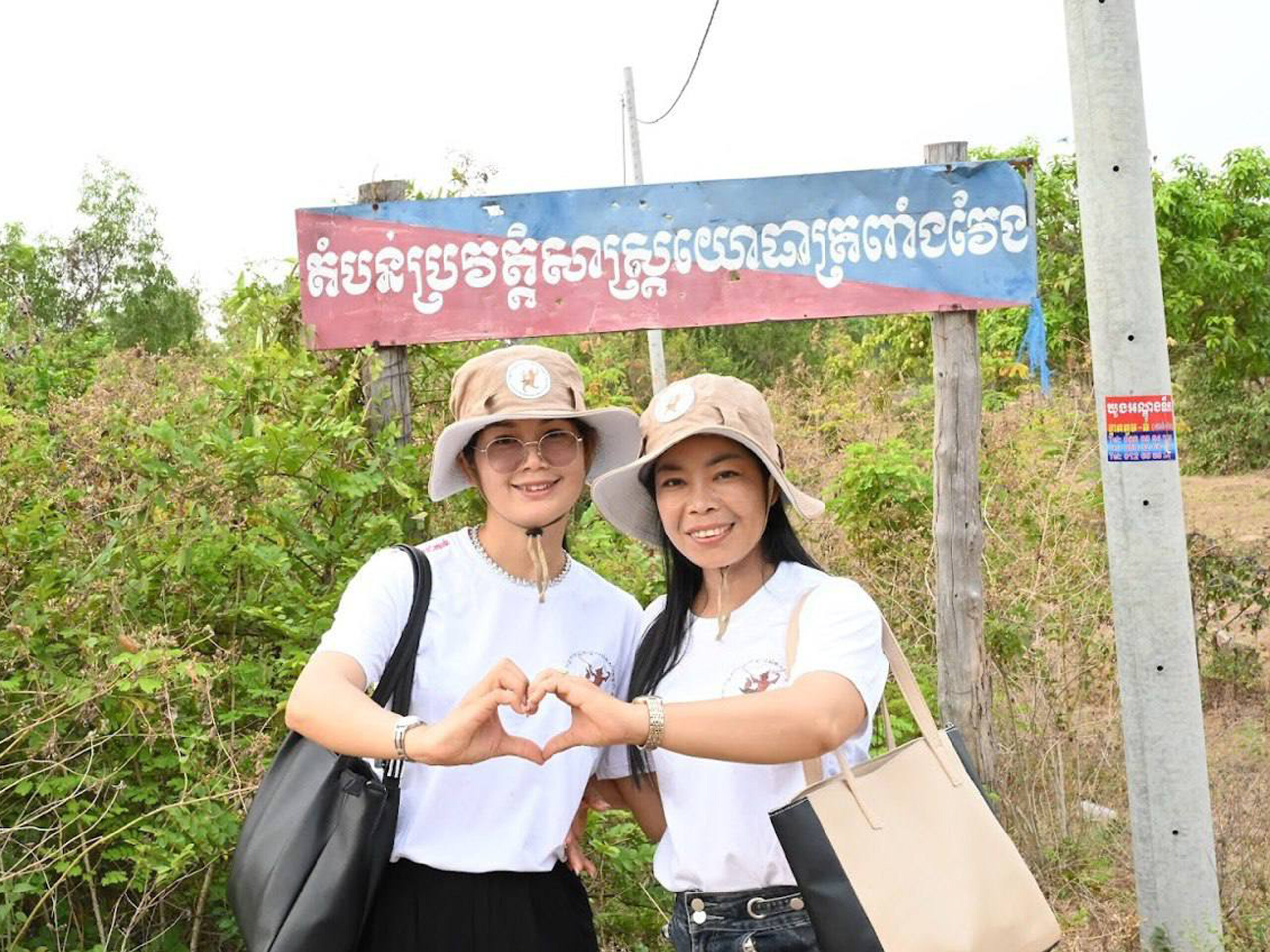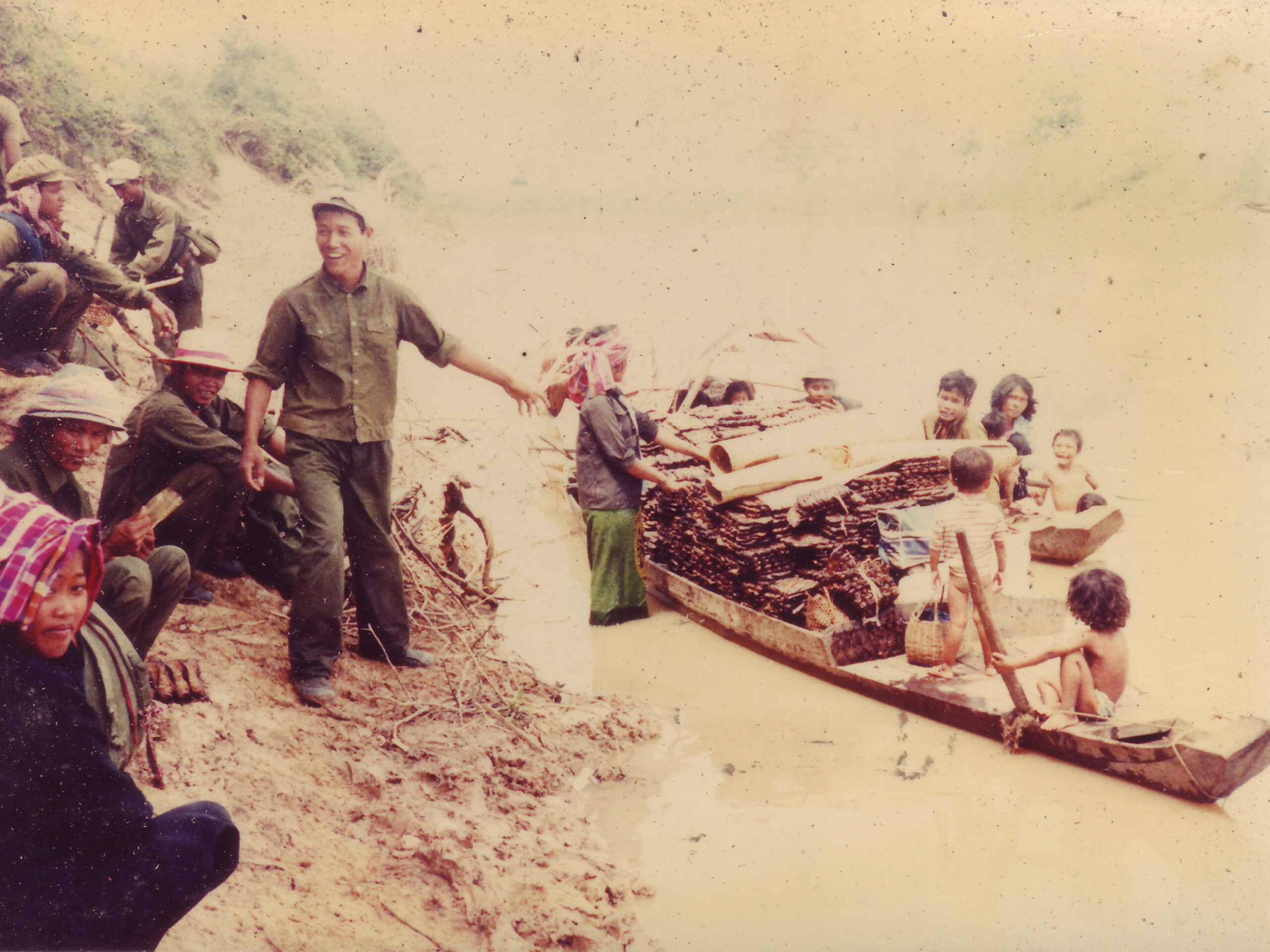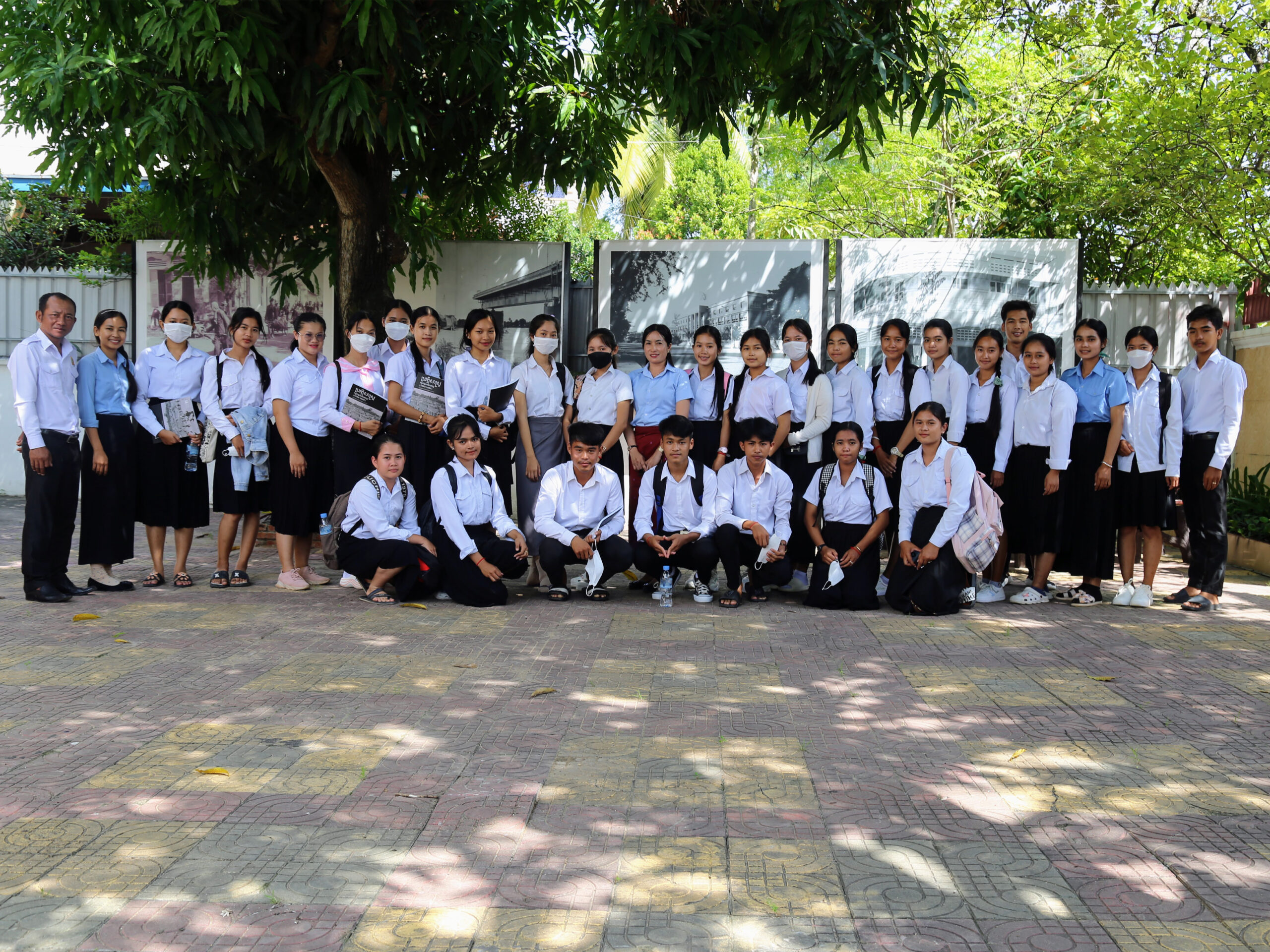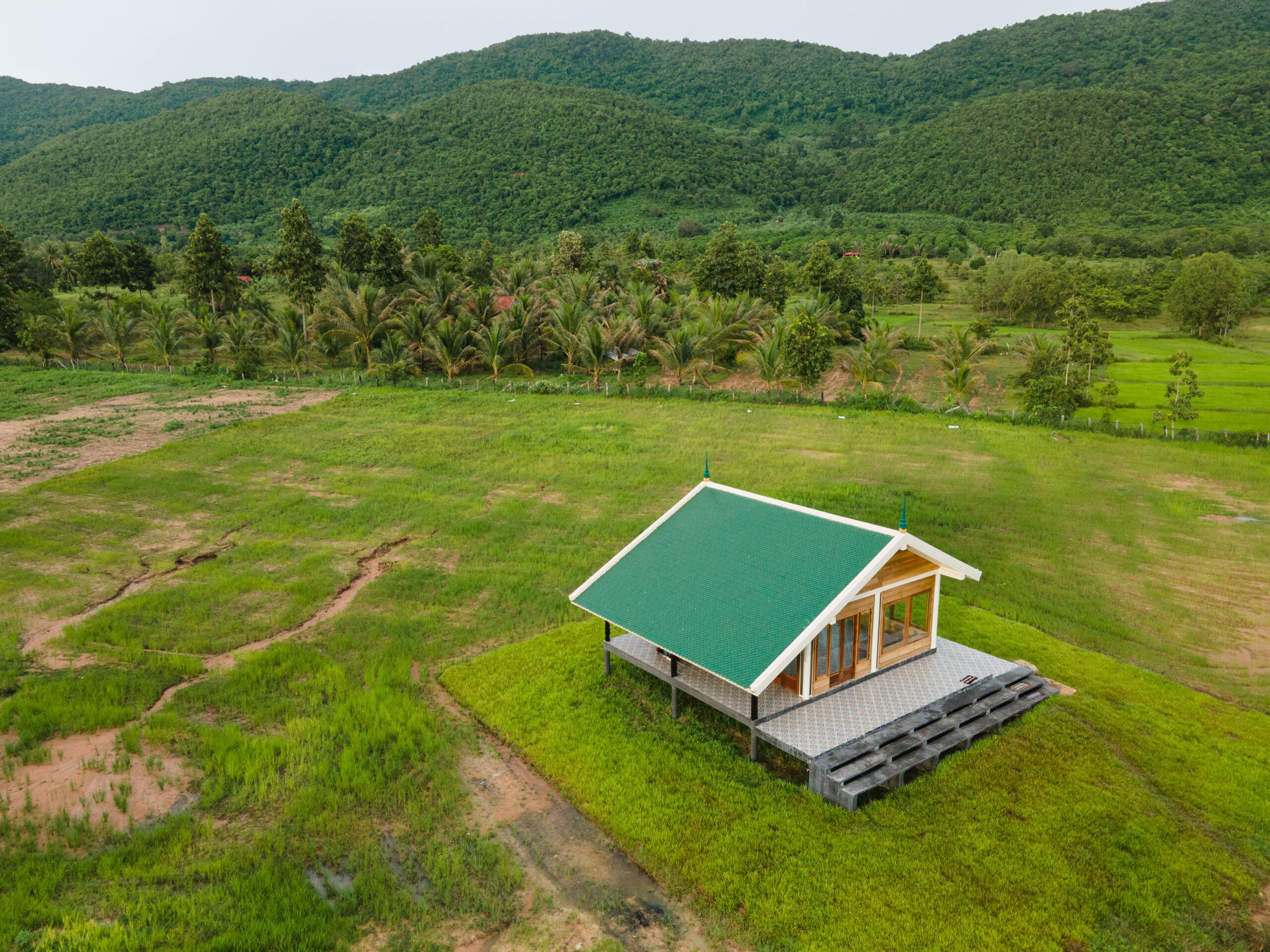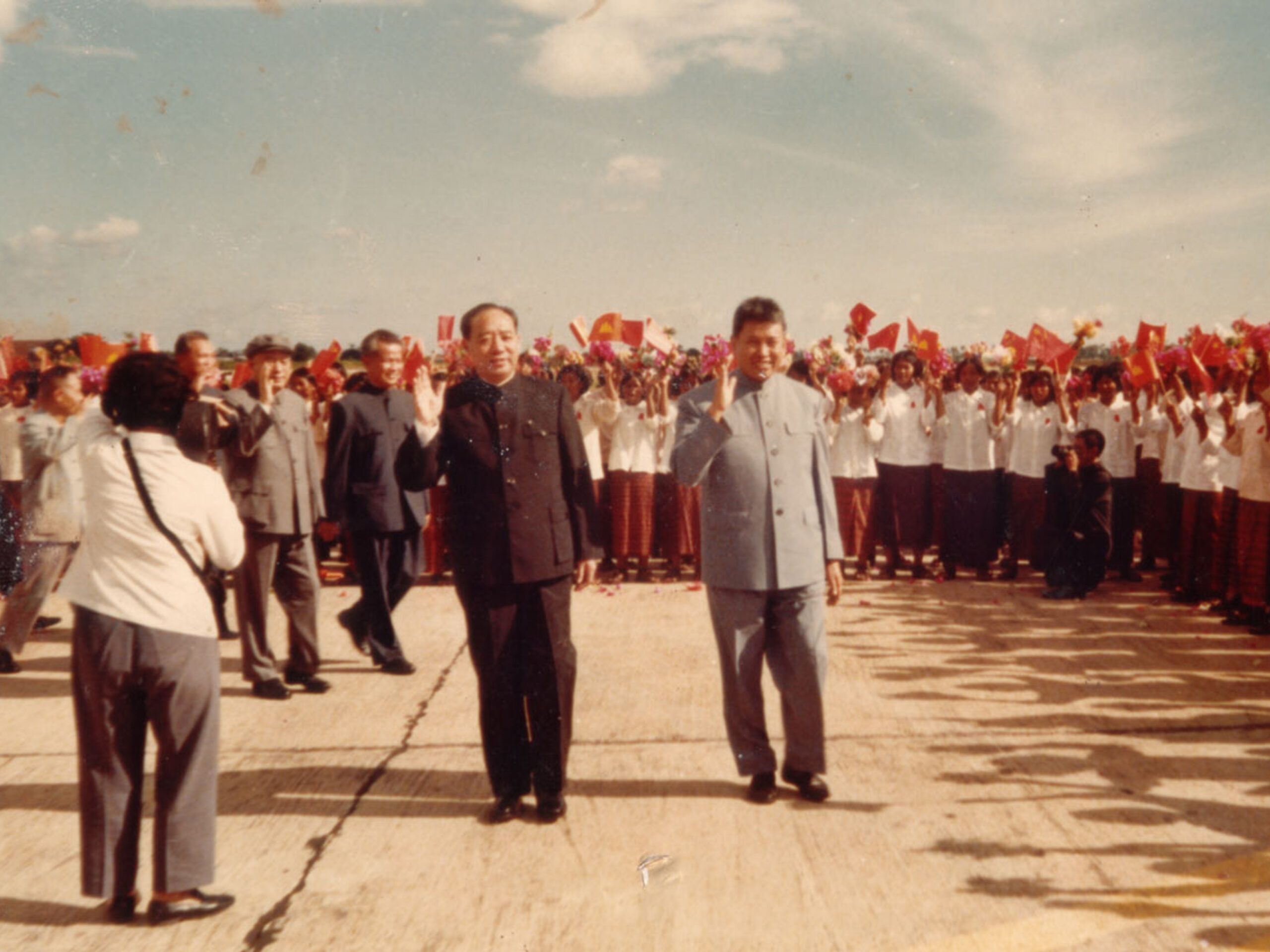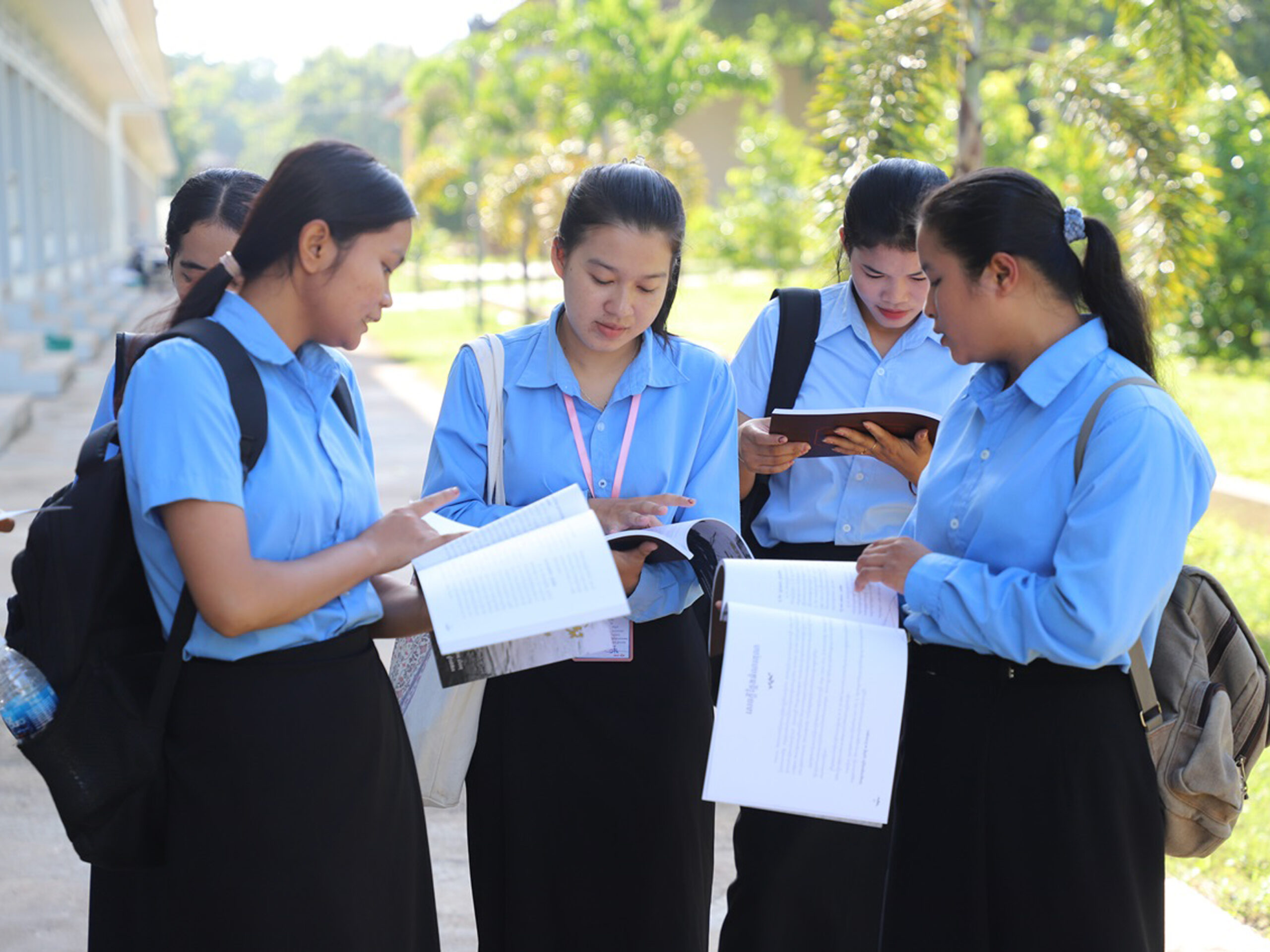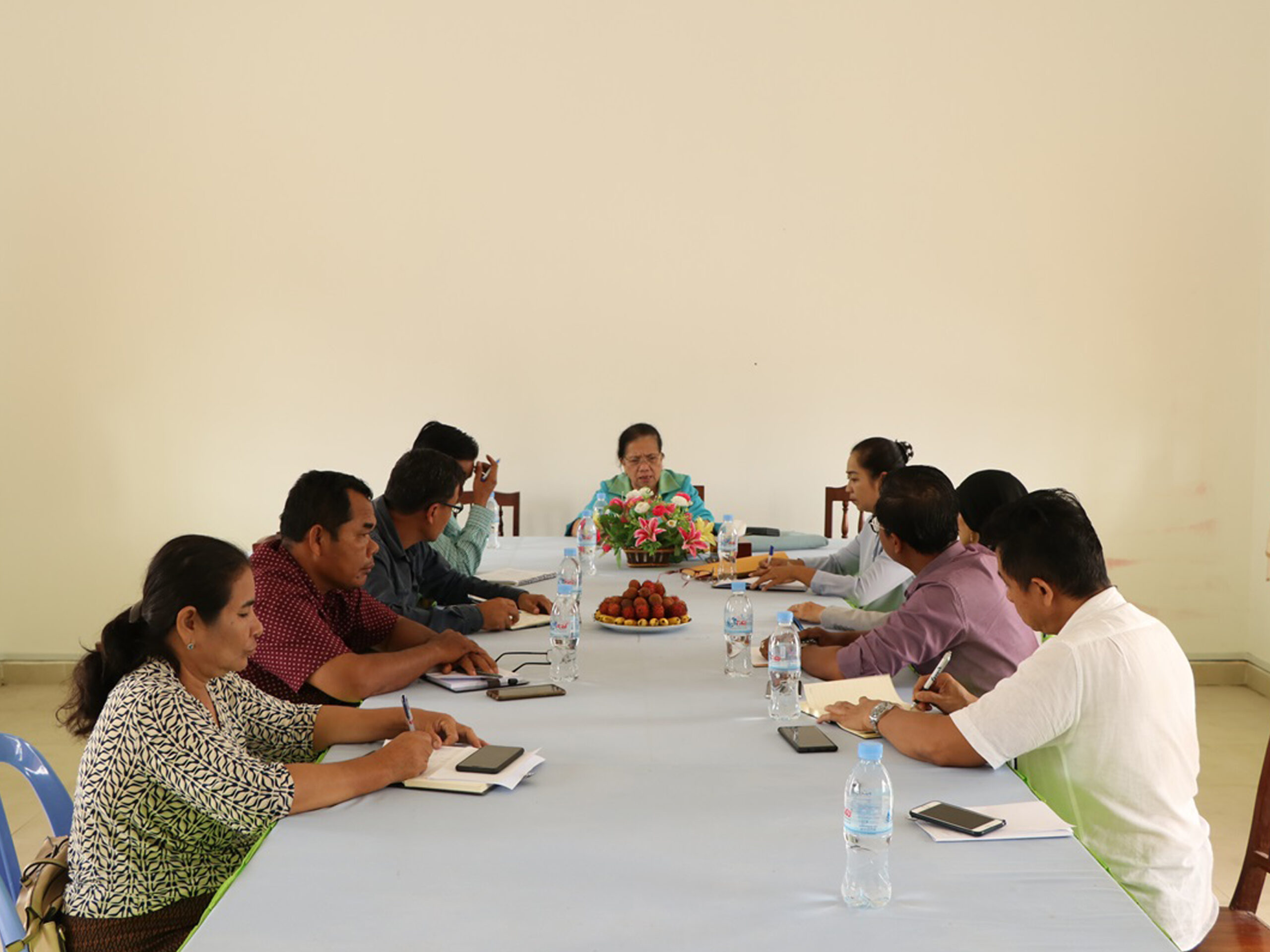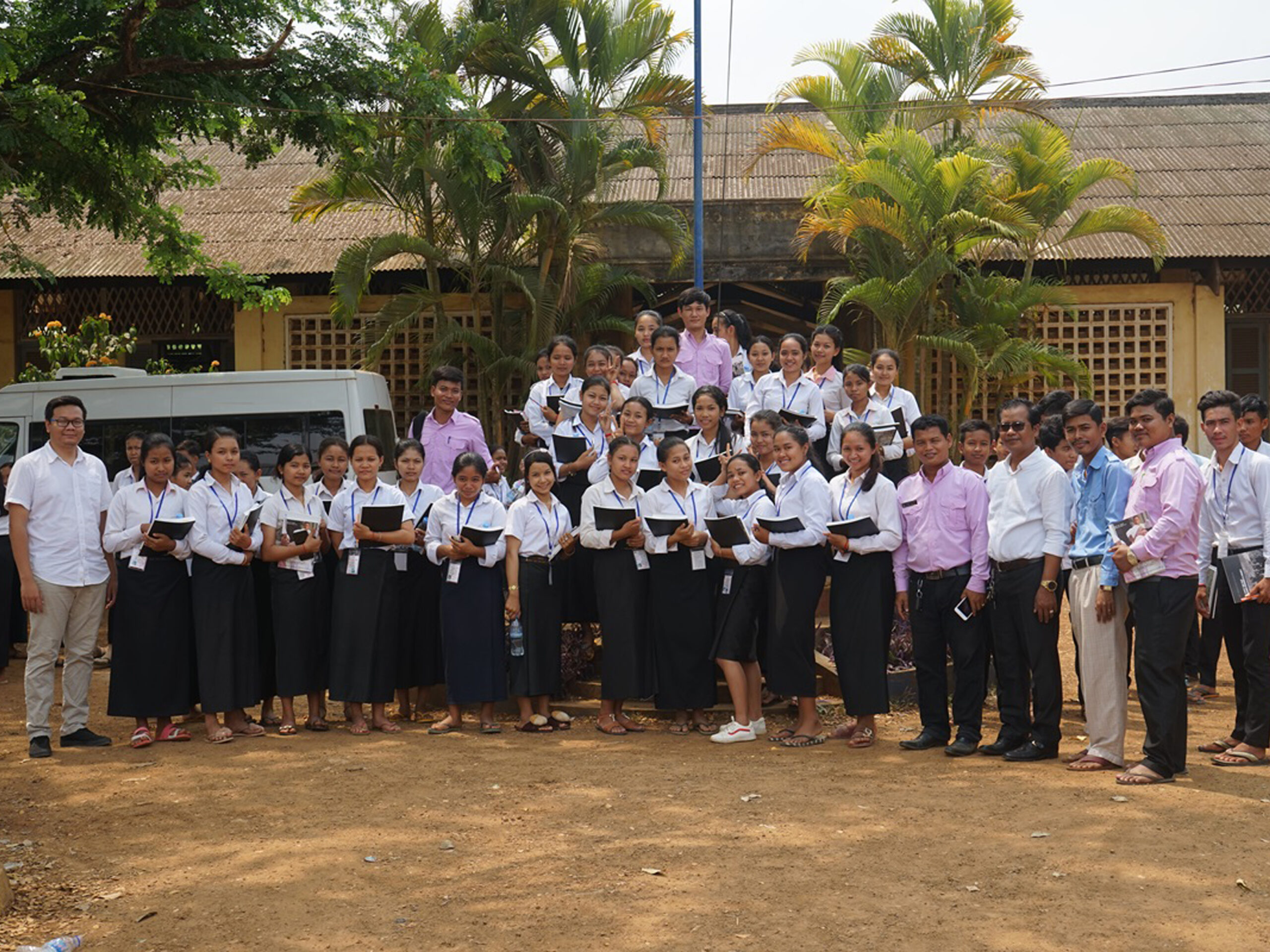Home / Development / DCCAM PROVINCIAL CENTER: Hill Tribes Memory Community Center
The Centers
HILL TRIBES MEMORY COMMUNITY CENTER: The eastern part of Kratie province administered by the Sangkum Reastr Niyum era in 1960 was officially named Mondul Kiri province. This new province was also mentioned as an upper region of Chhlong district. It was home for hill tribes that were mostly Bunong ethnic, an ethnic of Mon-Khmer. The Bunong ethnic were located along the border between Cambodia and Vietnam and in Cambodia’s central plain.
At the time when Cambodia had been controlled by the French Colonialist between 1863 and 1953, Mondul Kiri or the Northeastern zone were still not in contact with Khmer ethnic and the governor of the French administration. Bunong people had rebelled against the French administration that required them to pay tax and worked on road construction to serve the administration. There was also land grasping for agriculture purposes by the colonial administration. A French dispatched explorer Henri Maitre was killed in 1914 and Truffot, a French officer, was also killed a year later by the Bunong rebellions.
After gaining complete independence in 1953, King Norodom Sihanouk laid out the Khmerization policy. It was a first important turning point of the Bunong being integrated into the lower land people that were mostly Khmer, the Cambodian people whose culture was introduced into the province. In order to integrate the minority ethnic groups into the society, the government at that time relocated the Khmer ethnic who served in the military and their families into the province. An important goal of the policy focused on education in order for them to learn Khmer, wearing clothes and work.
In its mission to destroy the bases of the North Vietnam Communist stationed in Cambodia’s territory, especially the Ho Chi Minh trail, in May 1967 the U.S. decided on the proposal to drop bombs on Cambodia’s territory that made Mondul Kiri the first Cambodia’s territory that was suffered by bombardment in November 1967. Dak Dam region was dramatically damaged including houses, a school and a hospital were damaged and 25 Cambodian’s death. Cambodia lodged a complaint against this and received only $11,400 as compensation for the damage and loss of life.
Khmer Rouge leaders thought Mondul Kiri was one of the safe places for their revolution struggle because it was a region with many trees which was an obstacle for the government’s soldiers to approach them. The high land was the region selected by the Khmer Rouge leaders as their support bases because of its geography and people that were honest and were not influenced by outsiders. Nuon Chea once said that it was a firm support base of Pol Pot who was working with the hill tribes. Pol Pot’s support base was not discovered by the government. Nuon Chea could not make his trip possible to meet Pol Pot if there were no hill tribe tackers guiding him.
Unfortunately, most of the Cambodian government officials were killed once the Khmer Rouge totally controlled this province in 1970. A detailed study found that after the official leading the country after 1975, the Khmer Rouge indeed swept clean the minority ethnics but it was not because of their races but it was their involvement with the former regime, opposing the movement or their association with Vietnam to topple the Khmer Rouge. The newly administrative structure under the Khmer Rouge regime Mondul Kiri was part of North East Zone and was later became an autonomous region 105.
In the process of bringing justice for the Khmer Rouge Genocide Survivors, the Extraordinary Chambers in the Court of Cambodia considered a Khmer Rouge prison at Mondul Kiri called Phnom Kraol Security Center as a crime site that lead to prosecute the Khmer Rouge leaders for life sentence for their responsibility of arrest and killing of the Cambodians and those hill tribes.
In early 2023, the Documentation Center of Cambodia (DCCAM) started a project called Hill Tribes Memory Community Center in Putaing village, Romnea district, Sen Monorom city, Mondul Kiri province. The center will continuously support the Khmer Rouge Genocide Survivors by also strengthening its activities to community development.
Contact
SO FARINA
Principal Deputy Director
Documentation Center of Cambodia
e: truthfarina.s@dccam.org
t: +855 (0) 12 586 293
w: www.dccam.org
THE QUEEN MOTHER LIBRARY
Designed by Zaha Hadid
Re-imagines the meaning of memorial.
w: www.cambodiasri.org
Location
Putang village, Sangkat Romonea,
Krong Saen Monourom, Mondul Kiri province
INDIGENOUS
HISTORY
CULTURE
LIVELIHOOD
EDUCATION
HEALTH
DEVELOPMENT
OTHER ETHNIC GROUPS
HISTORY
CULTURE
LIVELIHOOD
EDUCATION
HEALTH
DEVELOPMENT
Activities Photos and Reports
-
Hill Tribes Memory Community Center: សាវតារសង្ខេបស្តីពីប្រារព្ធពិធីបុណ្យកាន់បិណ្ឌនិងភ្ជុំបិណ្ឌ, ថេរដីការបស់ ព្រះបវរសត្ថា ហួរ សារិទ្ធិ វត្តលង្កាព្រះកុសមា រាម។
-
Women in the Hill and the Environment. ស្រ្តីនៅតំបន់ខ្ពង់រាបនិងបរិស្ថាន។ September 17, 2025
-
Hill Tribes Memory Community Center: Exploring Coffee Development Opportunities in Mondulkiri Province
-
Hill Tribes Memory Community Center: Voices of the Indigenous, Survival, Development and National Unity
-
An Australian Family Visits Hill Tribes Memory Community Center. August 23, 2025
- Hill Tribes Memory Community Center, Mondul Kiri: second week article by Srey Pich and Savann. November 1, 2024
- Hill Tribes Memory Community Center, Mondul Kiri: weekly article by Srey Pich and Savann. October 25, 2024
- Hill Tribes Memory Community Center: Access to Health and Social Services for Khmer Rouge Genocide Survivors. មជ្ឈមណ្ឌលឯកសារខេត្តមណ្ឌលគិរីបន្តការផ្តល់រទេះរុញ និងកាសជំនួយត្រចៀក ដល់ជនពិការ. August 7-8, 2024
- DC-Cam’s Health Screening for The Hill Tribes Community in Mondul Kiri province: Access to Health & Social Service for Khmer Rouge Survivors. The Health Screening at Aboun Leu Commune, Koh Nheak District, Mondul Kiri Province. June 11, 2024
- DC-Cam Community Development: Site Assessment, Dak Dam Commune, O’ Reang District, Mondul Kiri Province. Febraury 14, 2023
- A Public Education Forum between teachers, students and parents. Dak Dam Commune, O Reang District, Mondul Kiri Province, Cambodia, October 25, 2011
